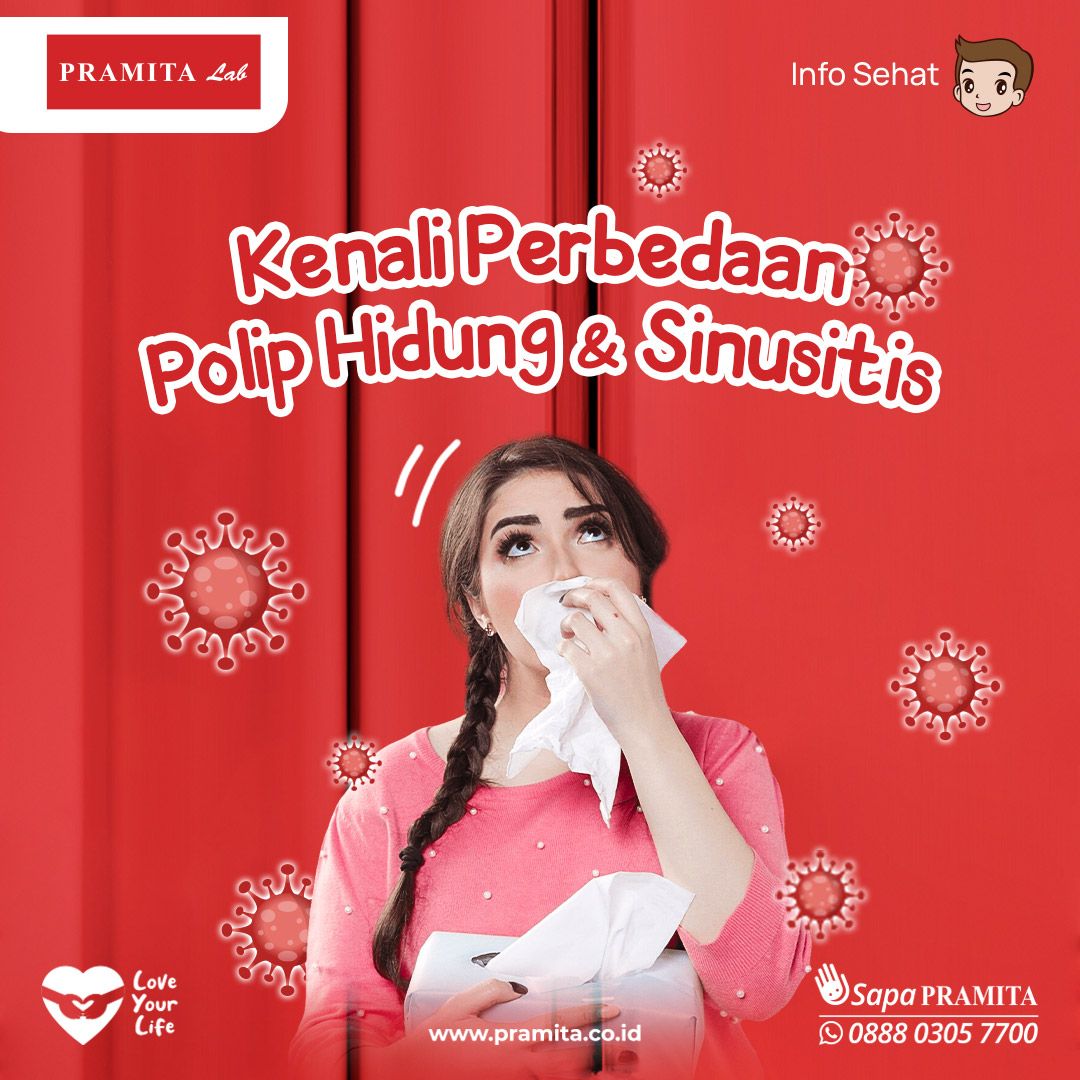Healthy Inspirations

Understanding the Differences Between Nasal Polyps and Sinusitis
Tue, 17 Oct 2023There is often a misconception in society that nasal polyps and sinusitis are the same conditions. This assumption is quite common because the symptoms can overlap, but there are distinct differences that can be recognized, primarily in their nature.
When someone experiences issues related to nasal polyps or sinusitis, they typically exhibit symptoms such as a runny nose, nasal congestion, a feeling of mucus in the back of the throat, a decrease in the sense of smell, facial pressure or headache.
Here are the fundamental distinctions between nasal polyps and sinusitis.
What Are Nasal Polyps?
Nasal polyps are soft, fluid-filled growths that occur in the nasal passages or sinuses. They are often whitish-gray in color and result from mucosal inflammation. Nasal polyps tend to originate more frequently from the ethmoid sinuses and can be multiple and bilateral, whereas those originating from the maxillary sinuses are often single and grow backward.
Nasal polyps can affect both males and females, from children to the elderly. They are most commonly observed in adults between the ages of 30 and 60, with a higher prevalence in males, with a male-to-female ratio of 2-4:1.
Causes
The exact cause of nasal polyps is not yet fully understood, but they are often associated with:
• Allergies (particularly allergic rhinitis)
• Chronic sinusitis
• Irritation
• Nasal obstruction due to anatomical abnormalities
Several factors can increase the risk of developing nasal polyps, including:
• Age between 20-40 years
• Female gender
• Asthma
• Vitamin D deficiency
• Alcohol intolerance
• Pre-existing sinusitis
• Sensitivity to NSAID medications (nonsteroidal anti-inflammatory drugs)
Symptoms of Nasal Polyps
Small nasal polyps typically do not produce noticeable symptoms. Symptoms usually become apparent when the polyps grow larger or in greater numbers, obstructing the airways. Common symptoms of nasal polyps include:
• Runny or watery nose
• Constant nasal congestion
• Difficulty breathing due to nasal blockage
• Headaches
• Itching around the eyes
• Decreased sense of smell
• Sleep disturbances and snoring
• A feeling of pressure or discomfort in the forehead
• Upper tooth pain
• Nosebleeds
• Dripping of nasal mucus into the throat (post-nasal drip)
Treatment for Nasal Polyps
Doctors typically prescribe the following treatments for nasal polyps:
• Nasal corticosteroids
• Oral corticosteroids
• Antibiotics and antihistamines
What Is Sinusitis?
Sinusitis is a condition characterized by inflammation in the sinus cavities, resulting in blockages in the air passages.
These small cavities are located in various areas, including behind the forehead, behind the eyes, the inner structures of the cheekbones, and both sides of the nasal bridge. Consequently, individuals with sinusitis often experience headaches.
There are four types of sinusitis categorized by the duration of inflammation:
1. Acute Sinusitis: Inflammation lasting approximately 2 to 4 weeks, commonly experienced by many.
2. Subacute Sinusitis: Inflammation persists for about 4 to 12 weeks.
3. Chronic Sinusitis: Inflammation continues for more than 12 weeks, potentially lasting for months or even years.
4. Recurrent Sinusitis: Inflammation occurs three or more times within a year.
The causes of sinusitis include allergies, microbial infections such as bacteria and viruses, which occur in the small sinus cavities. This leads to excessive mucus production and subsequent blockage.
Additionally, sinusitis can be caused by other respiratory issues, particularly those related to the nose, such as nasal polyps, deviated nasal septum, and more.
Symptoms of Sinusitis
Sinusitis presents specific symptoms, including:
• Facial pain, particularly when bending forward
• Nasal obstruction, causing difficulty in breathing
• Pressure in the ears
• Unpleasant breath odor
• Fever
• Thick, yellowish-green nasal discharge
• Impaired sense of smell
Sinusitis Treatment
Treatment options for sinusitis include:
• Warm compresses around the nose and sinus area
• Drinking warm water
• Avoiding allergy triggers such as cigarette smoke and alcohol consumption
• Maintaining humidity in the surroundings; using a humidifier can be helpful
• Inhaling warm steam, accomplished by placing warm water in a large bowl and inhaling the vapor slowly
• Using over-the-counter decongestant sprays, but it is important to limit their use to a short duration, typically less than one week.
Author: Dr. Garba Prihatiningpuri (Medical Consultant at PRAMITA Laboratory Clinic, Jl. Pahlawan No. 60 Madiun)"

